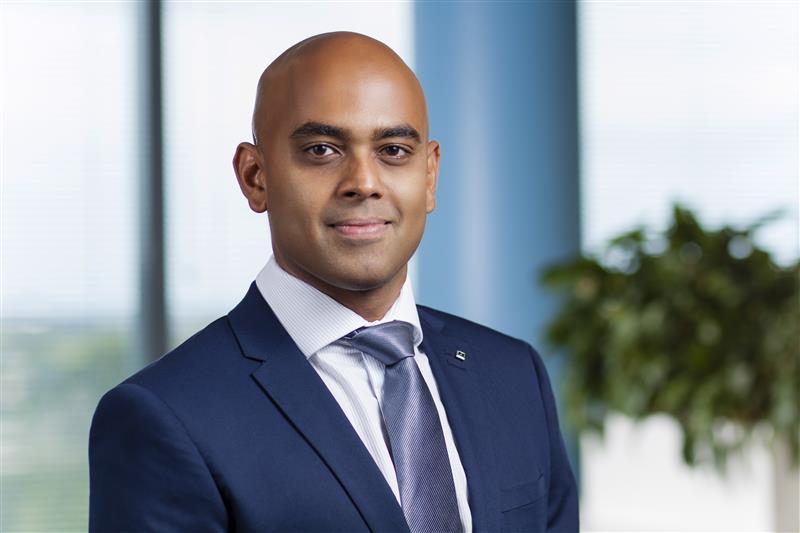Obstructive Sleep Apnoea (OSA), a sleep disorder characterised by repeated episodes of partial or complete blockage of the upper airway, affects around 20% of the population, making it one of the most common — yet underdiagnosed — sleep conditions. In Australia alone, the economic cost of OSA is estimated at $26 billion annually, encompassing direct healthcare costs, cardiovascular complications, and productivity losses.
The gold-standard treatment for OSA is Continuous Positive Airway Pressure (CPAP) therapy, which uses a machine to deliver air pressure through a mask to keep the airway open during sleep. CPAP therapy is a non-invasive, highly effective for the treatment of OSA. By using the device every night, patients can see a dramatic improvement in daily life and overall well-being. Some benefits of treatment include increased energy levels and attentiveness during the day, and an overall improved quality of life. Despite CPAP’s proven benefits, adherence remains a major challenge. Studies show that 40–60% of patients either abandon CPAP therapy or fail to use it consistently enough to achieve meaningful health improvements.

This reality highlights the need to rethink how we approach therapy. Patients must look beyond devices alone and seek integrated solutions that optimise outcomes by empowering both patients and their care teams to track progress and actively manage therapy.
The challenge of CPAP adherence
Several factors contribute to poor adherence. Many patients find the initial adjustment to CPAP uncomfortable. Common side effects — such as nasal congestion, dry mouth, and mask-related skin irritation — can further deter consistent use. Beyond physical discomfort, psychological and social factors — including the stigma of wearing a mask and disruptions to normal sleep habits — can erode long-term commitment.
Achieving success, therefore, requires a holistic, connected approach. Patients benefit from smart devices that ease therapy acclimatisation, engagement tools that empower, and remote monitoring solutions that enable care teams to proactively support them every step of the way.
Personalised therapy and engagement tools
Following diagnosis, personalisation is essential for supporting therapy adoption and sustaining long-term success.
Smart CPAP devices like the Philips DreamStation facilitate smoother transitions into therapy through its ease of use, advanced algorithms and connectivity features. Adaptive algorithms automatically adjust pressure settings to maximise comfort not only helping patients ease into therapy but also to remain on therapy in the long term.
Studies have shown that patients that use a CPAP device together with a patient mobile app are more likely to remain adherent to therapy. A study conducted by Philips showed that patients who used the DreamMapper app were 22% more likely to remain on CPAP therapy. This is because users gain real-time insights into their therapy — tracking nightly usage, mask fit, and respiratory events. By celebrating milestones and visualising progress, patients are empowered to actively engage with their care, turning passive compliance into motivated ownership.
Personalisation also extends to the critical step of proper mask fit. There is no one-size fits all when it comes to CPAP masks. When a mask fits, it helps patients seamlessly integrate CPAP therapy into their daily routine. This is where technology can play a pivotal role in improving the mask selection process. Some leading CPAP manufacturers have facial scanning software that can map a user’s facial features and recommend the most suitable mask, making the selection process more accurate but also empowering patients to play an active role in their choice of mask.
Ultimately CPAP is a medical device requiring care teams to support the provision of therapy. A connected care ecosystem underpinned by remote monitoring platforms such as Care Orchestrator enables care teams to proactively support their patients when needed. These platforms provide full visibility into patient data allowing them to monitor therapy, troubleshoot issues and optimise outcomes without delay — creating an integrated, closed-loop model of care that supports patients continuously through their treatment journey.
A future powered by human expertise and smart technology
Looking ahead, the future of sleep therapy for OSA lies in the partnership between patients, clinical care teams and connected ecosystems. By delivering actionable insights and enabling truly personalised care, smart technology will amplify the reach and impact of healthcare providers — transforming sleep therapy into a more seamless, empowering, and successful journey for patients worldwide.
Shehaan Fernando is the Business Leader for Sleep & Respiratory Care, Philips APAC






